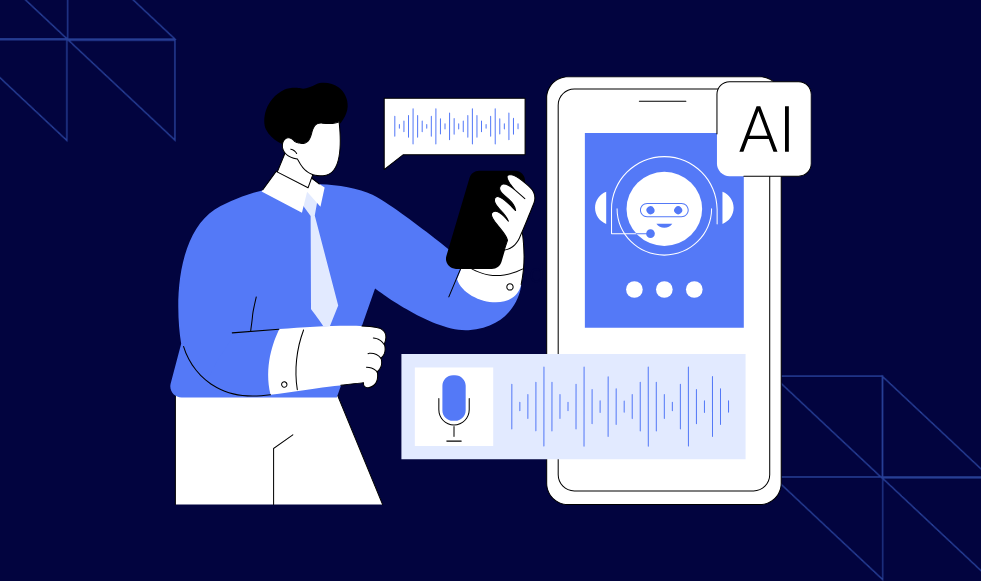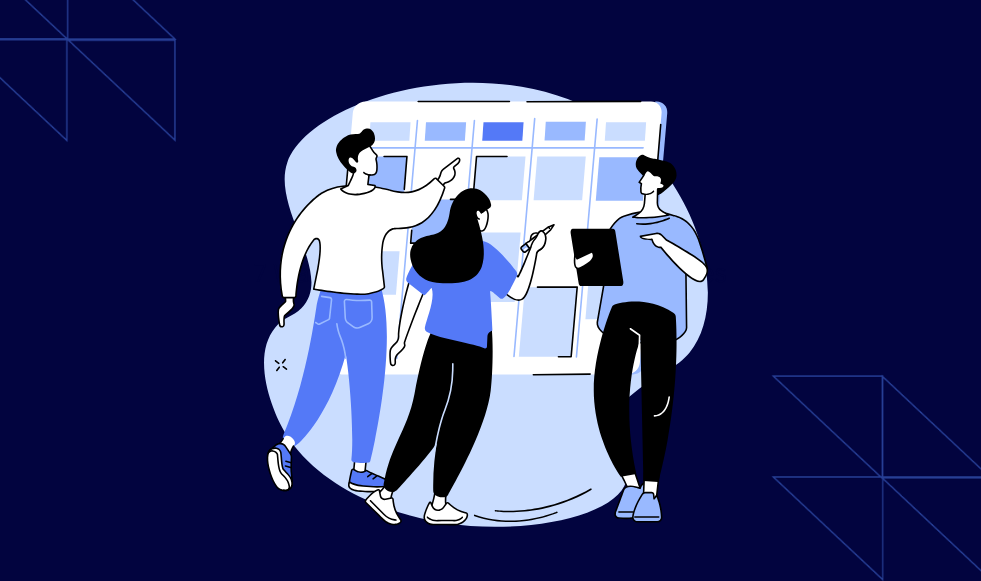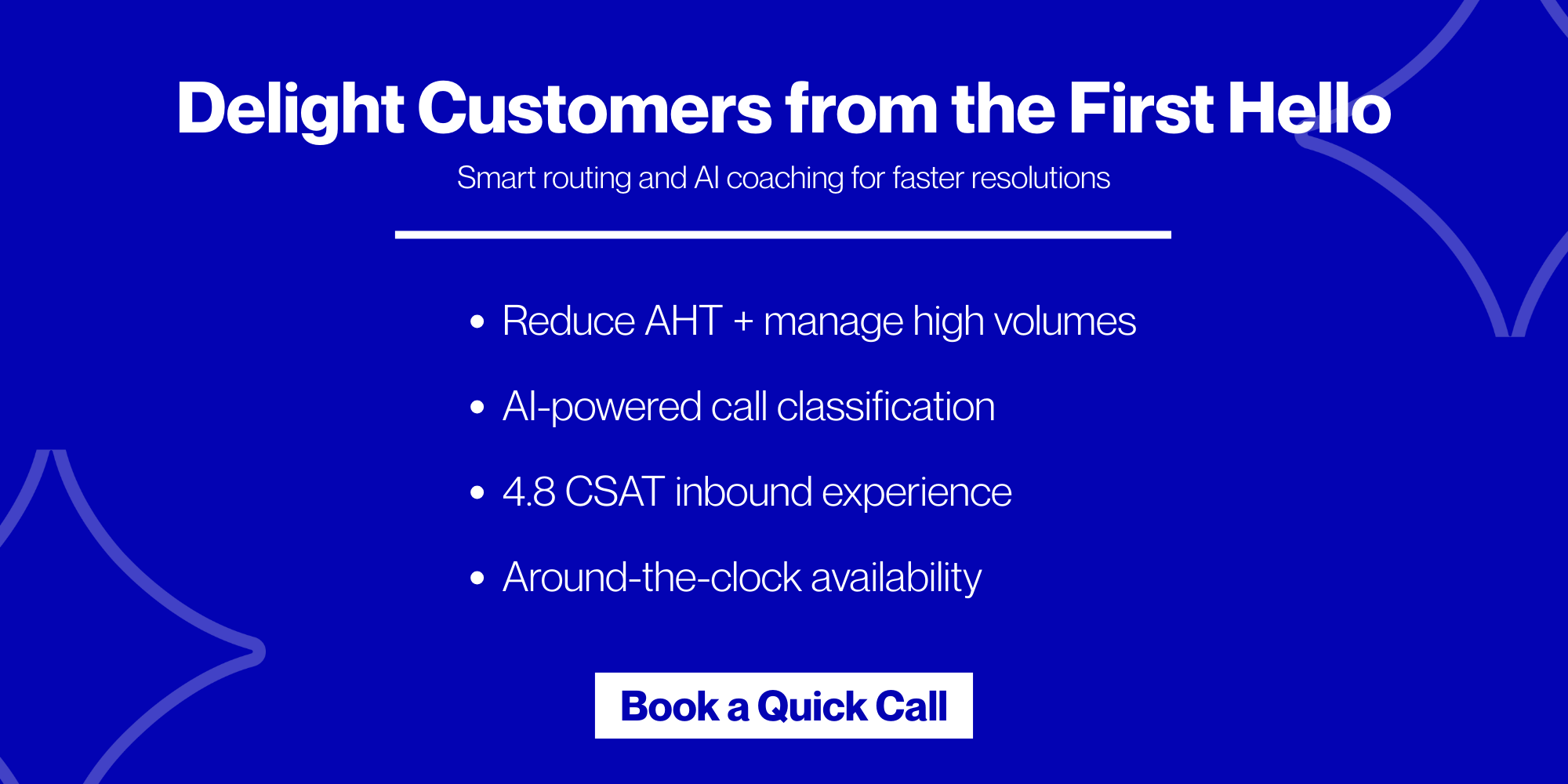An AI inbound call center uses AI to answer and manage customer calls. It reduces wait times by answering non-complex questions instantly, routing callers directly to the right agent, and offering self-service options. These efforts prevent the formation of long customer queues.
13.8% more inquiries handled per hour + up to an 87% drop in resolution times. Studies show that the AI effects are real! An AI inbound call center is the latest innovation helping businesses by:
- Automating routine queries
- Routing urgent issues to the right agent (in the first attempt)
- Not letting customers form long queues
The benefits? Reduced wait times + Satisfied customers. If you are also struggling with phones ringing nonstop and your customers getting frustrated before they even speak to someone, it’s time to become technologically advanced.
Read this article to learn what an AI inbound call center is and seven ways it is reducing customer wait times in 2025.
What is an AI Inbound Call Center?

An AI inbound call center is a customer support system. It uses artificial intelligence technologies to manage incoming calls (alongside human agents). Instead of every caller waiting for a person, several AI tools handle the first layer of interaction. These tools are:
- Voice bots
- IVR (Interactive Voice Response)
- Automated call distribution (ACD)
- Skills-based routing
- AI queue management systems
These tools significantly reduce customer waiting times by:
- Answering common questions
- Providing self-service options
- Predicting customer needs (via predictive analytics)
- Routing complex issues to the most suitable agent
In 2025, several D2C companies and consumer brands operating in multiple regions, such as the US, UK, and Australia, are now using a mix of human + AI agents. This lets them reduce operational costs and wait times.
7 Ways AI Inbound Call Center Reduces Customer Wait Times in 2025!

An IBM report shows that the virtual agents and chatbots now handle up to 80% of routine inquiries instantly. These technologies are reducing customer holding periods drastically. Furthermore, another study found that first-contact resolution (FCR) rates have increased by up to 75% for businesses that are using AI-informed routing + callback solutions.
Want to achieve such CX efficiency? Check out seven ways how an AI inbound call center is reducing customer wait times in 2025:
1. Automate Routine/ Non-Complex Customer Requests
Most customers who call a business are not always looking for complicated help. Sometimes they only want quick answers to common issues, such as:
- Checking a balance
- Confirming an appointment
- Asking for basic troubleshooting
Now, instead of waiting for a human agent, an AI inbound call center takes care of these routine tasks instantly. It acts as an automated agent that can handle routine or repetitive customer queries 24/7.
The major benefit? This reduces the need for a customer to stay on hold as their issue is resolved right away. For most D2C companies and consumer brands earning $5M+ revenue, this leads to fewer calls piling up for their staff (which prevents long customer queues).
2. Scale Call Operations Without Adding More Staff
Small businesses often struggle with handling a growing number of customer calls, particularly during:
- Festive seasons
- New product launches
- Active marketing campaigns
Now, with an AI inbound call center, you are not required to hire more people to handle this spike in inquiries. Some advanced AI technologies, like Agentic AI, can handle these interactions with minimal human support. This gives your customer support department “extra capacity” without paying for more employees.
Studies show that businesses using such AI tools have seen up to 60% less waiting time for their customers. Next, always remember that it’s not about replacing your staff! Instead, it is about making sure their time is spent on complex or high-value conversations where human judgment is truly needed.
3. Directing Customers to the Right Agent Immediately
In many small businesses, customers often get passed from one agent to another before they reach the right person. This back-and-forth wastes time and increases frustration.
An AI inbound call center solves this by offering “automated call distribution (ACD)”. Studies show that such “intelligent call routing” reduces average handling times by about 20-40%.
Let’s understand how this technology works:
| Automated Call Distribution Steps | Explanation |
| Incoming Call Detection |
|
| Caller Identification |
|
| Call Classification |
|
| Matching to Rules/Skills |
|
| Routing and Delivery |
|
This way, your customers speak to the right person the first time! For most D2C companies and consumer brands, this leads to fewer wasted minutes on every call. It also increases customer satisfaction as they don’t get bounced.
4. Real-Time Monitoring to Track Customer Flow
AI queue management systems track customer flow in real time. This system can see:
- How many people are waiting
- How long each customer has been in line
- Which agents are busy
This gives the business immediate visibility into what’s happening. Now, if the system detects that one queue is getting longer, it can alert managers to open another counter or reassign staff.
The advantage? Your supervisors know exactly where delays are forming and can act before customers get frustrated. By continuously monitoring the situation, they avoid “blind spots” and make sure customer demand is always visible.
5. Predict Busy Periods with Past Data
An AI inbound call center doesn’t just look at what’s happening now! It also studies past patterns. By analyzing historical call data, it can forecast when the busiest times will be.
For example,
- It might show that Mondays at 10 a.m. usually get the most calls or that billing inquiries spike at the end of the month.
- Now, with this information, you can schedule the right number of agents at the right times.
This reduces the chance of long queues forming during peak hours. As a result, customer waiting times are reduced as there are no sudden pile-ups.
6. AI Inbound Call Center Gives Customers Self-Service Options
Your customers don’t always need an agent! Studies show that about 67% of your customers first prefer self-service instead of speaking to your team. An AI inbound call center provides these tools through self-service features.
When a customer calls, the system can present an:
- An automated menu
- A voice assistant
- A chatbot
This guides them through common tasks. For example, they can check order status, update account details, reset a password, or book an appointment without waiting for staff.
By automating these simple tasks, the system reduces call queues and wait times. But what if the problem is too complex? The AI inbound call center transfers the call to a live agent with the context already captured.
7. The AI Model Learns from Customer Behavior
Every interaction leaves behind useful data! An AI inbound call center analyzes this information to understand:
- What do customers prefer?
- What problems do they face most often?
- How do they react to wait times?
For example, it might show that certain callers hang up if the wait is longer than five minutes, or that some issues are repeated frequently.
With these insights, most VPs, directors, and senior managers of growing D2C brands try to redesign their customer support processes and train staff better. Over time, this reduces repeat calls and unnecessary waiting.
Need Short Queues + Less Customer Wait Times? Hire Atidiv in 2025!
Nearly 80% of customers expect short wait times when reaching customer service. But in reality? It only happens around 60% of the time! Don’t want your customers to suffer in 2025?
An AI inbound call center gives your business the edge by:
- Automating routine customer interactions
- Routing calls to the right agent the first time
- Using skills-based routing to cut queue times
- Offering real-time monitoring and predictive analytics
- Providing self-service options
But remember, you cannot depend entirely on AI. The most successful businesses run a human + AI hybrid model, which offers both speed and empathy.
To make this possible, you can partner with Atidiv in 2025. We are a leading customer experience solutions provider with 15+ years of expertise. Our expert team serves 20+ industries and uses the latest AI technologies. With us, you can avail of several services, such as:
- Omnichannel Messaging Solutions
- Email Answering Services
- Social Media Support
- Inbound and Outbound Call Center Services
Book your free consultation today to know more.
AI Inbound Call Center FAQs
1. Can AI inbound call center agents provide 24/7 coverage?
Yes, AI systems operate 24/7. They are not dependent on your staff schedules. With voice bots and automated call handling, your customers can get support anytime (even during peak hours or holidays).
Studies show that about 37% of CX leaders say AI enables round-the-clock service (this number grows to 46% in larger enterprises).
2. Will my customers prefer AI responses?
Yes! Nowadays, most customers care more about speed than who answers the call. According to Salesforce Research, about 69% of customers prefer AI chatbots for quick questions. They are now more open to interacting with AI bots due to quality responses + reduced waiting times.
If the issue is simple, they’re satisfied when an AI inbound call center solves it quickly. When cases are complex, AI routes them to a human.
3. Can I save money by setting up an AI inbound call center in 2025?
An AI inbound call center reduces staffing pressure by handling high-volume and repetitive tasks. For growing D2C companies and consumer brands, this leads to significant savings in payroll costs. You get:
- Predictable expenses
- Fewer missed calls
- Flexibility to serve more customers without expanding headcount.
Studies show that companies see cost reductions between 30 to 40% in support operations due to AI’s workload handling and process automation.
4. What if I don’t have the expertise to set up an AI inbound call center?
You don’t need to manage everything yourself! Many digital customer experience solutions providers, like Atidiv, can do it for you. They can handle setup, integration, and training. Also, they can strike a perfect balance of AI-human collaboration to achieve maximum CX efficiency.

